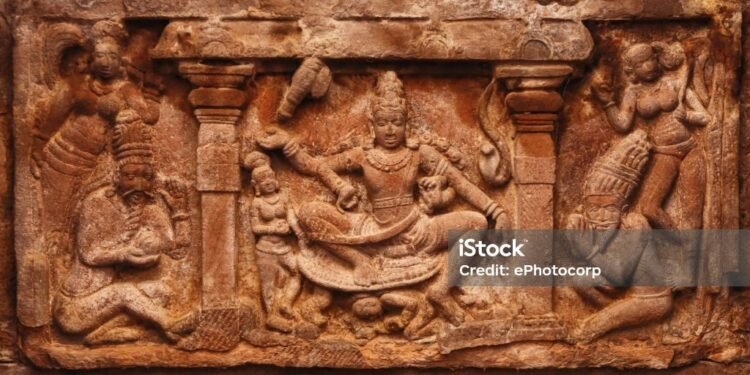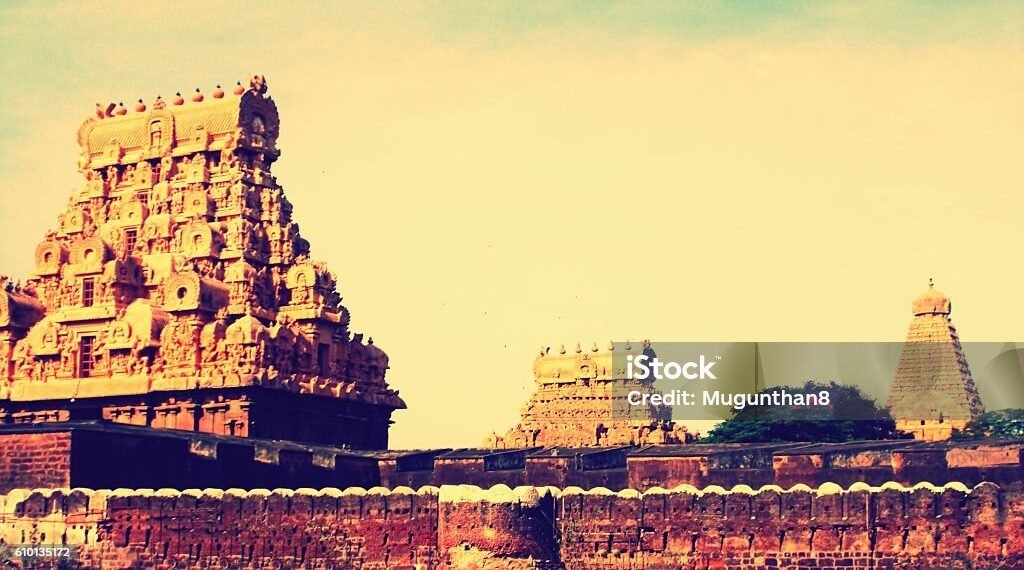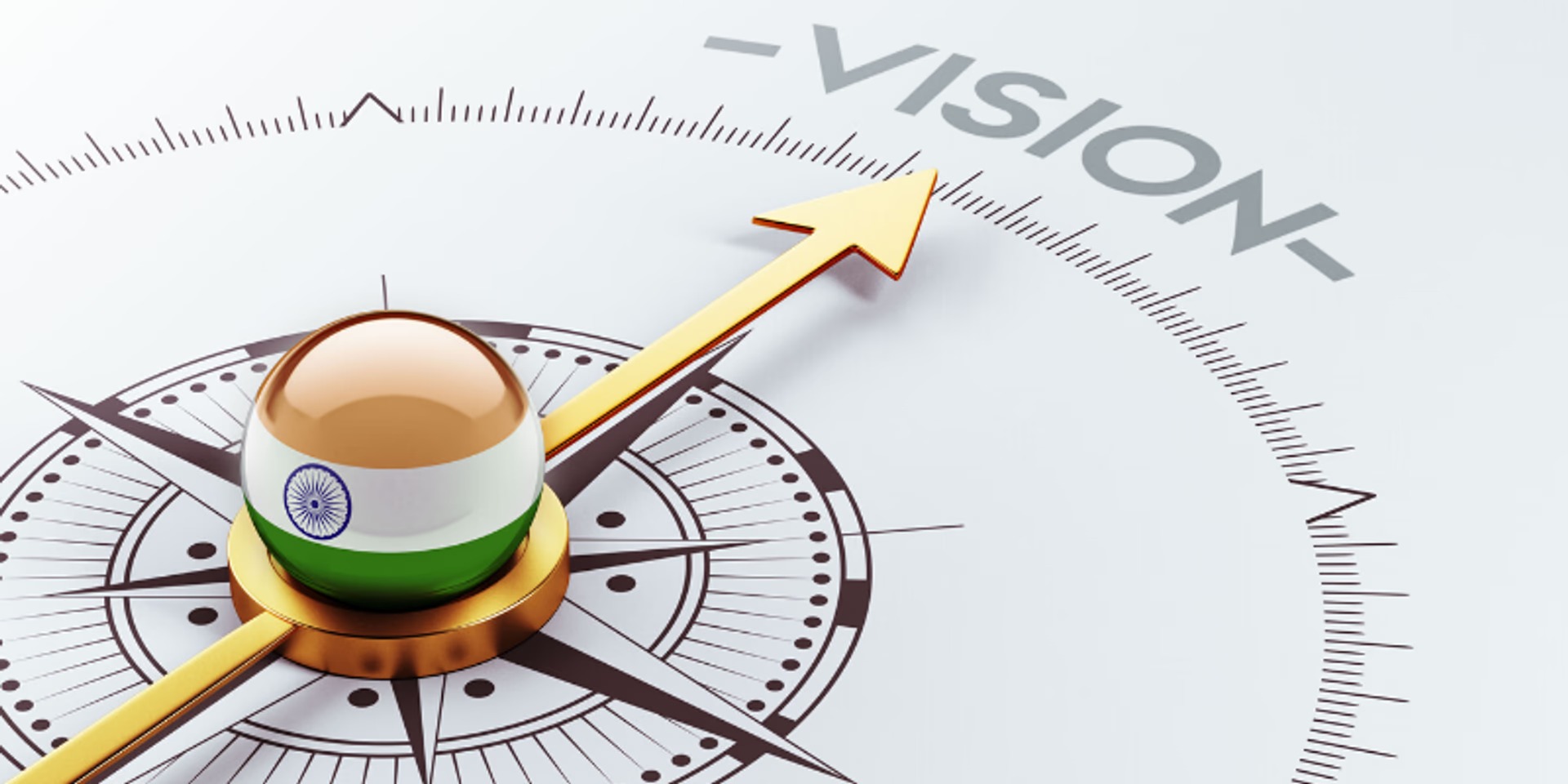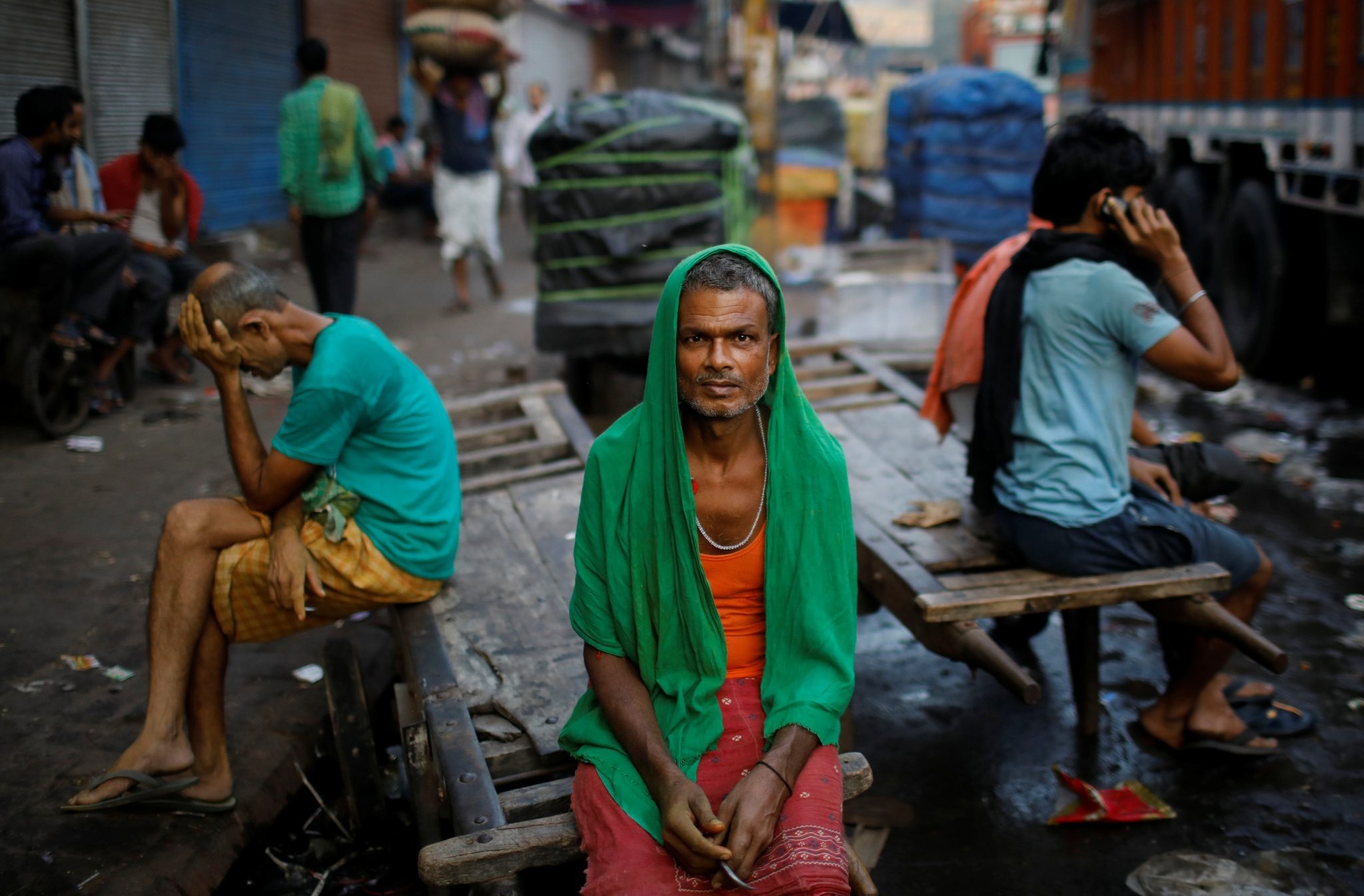Introduction
The Chola dynasty (c. 9th–13th centuries CE) forged one of premodern India’s most formidable maritime states, projecting influence from the Kaveri delta across Sri Lanka, the Maldives, and the Straits of Malacca while pioneering temple-centered urbanism and a sophisticated local administration. Under Rajaraja I and Rajendra I, the Cholas combined blue‑water expeditions, robust agrarian management, and monumental temple-building into a model of political power, economic integration, and cultural brilliance that reshaped the Indian Ocean world.
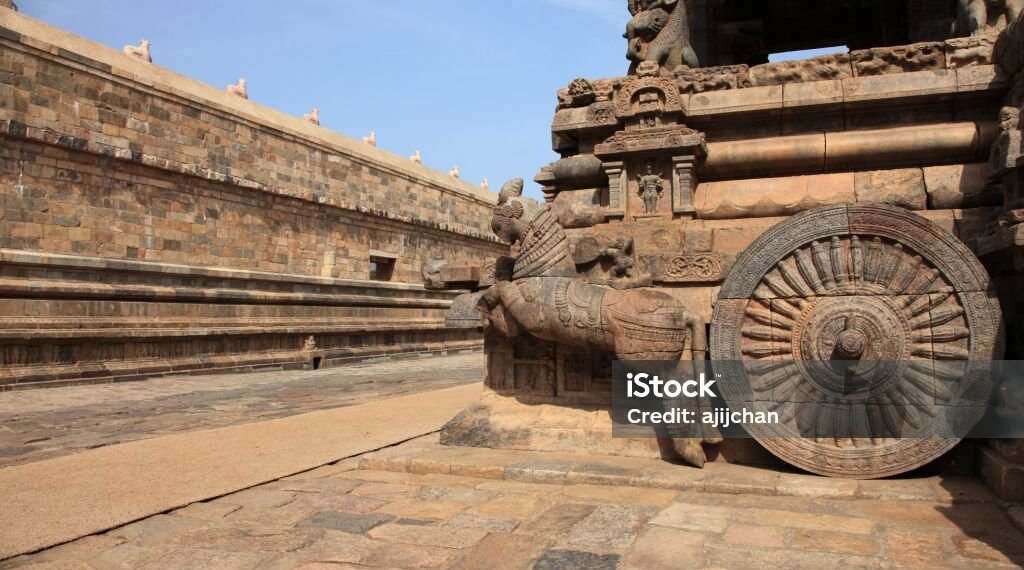
Context and origins
After centuries of regional contestation, the “Imperial” Cholas consolidated from the Kaveri delta, absorbing neighboring powers and stabilizing a core that could mobilize resources for army, navy, and public works. Rajaraja I (r. 985–1014) systematized control across Tamilakam and Sri Lanka; his son Rajendra I (r. 1014–1044) extended the state’s reach to the Ganga plains and Southeast Asia, commemorating victories through a new capital, Gangaikonda Cholapuram, and state temples that anchored Chola authority in ritual and landscape.
Key features and vocabulary
Great Living Chola Temples: The UNESCO‑inscribed triad—Brihadisvara at Thanjavur (Rajaraja), Brihadisvara at Gangaikondacholapuram (Rajendra), and Airavatesvara at Darasuram (Rajaraja II)—represent the zenith of Dravidian temple architecture and its integration with civic life.
Uttaramerur inscriptions: Famous records detailing sabha (Brahmana village assembly) rules, qualifications, and lottery (kudavolai) selection of committees—primary evidence of Chola‑era local governance and accountability.
Nataraja bronzes: Lost‑wax copper-alloy icons of supreme elegance, especially Shiva as the Lord of Dance, became a visual emblem of Chola sacred kingship and artisanal mastery.
Maritime power and overseas expeditions
Bay of Bengal strategy: The Cholas built a purpose‑ready navy for riverine, coastal, and blue‑water operations, linking the Kaveri delta granaries to choke points like the Malacca Strait and securing trade lanes toward Song China.
Rajendra I’s 1025 CE campaign: A major naval strike against Srivijaya disrupted its control over maritime nodes in present‑day Malaysia, Indonesia, and Thailand—an assertion of trade prestige and access rather than territorial colonization.
Diplomatic arcs: Chola envoys appear in Chinese records; sustained contact intertwined commerce, ritual gifting, and cultural capital, amplifying the dynasty’s soft power alongside naval credibility.
Administration and local institutions
From mandalam to sabha/ur: The empire was layered—provinces (mandalam), districts (nadu), and villages; while the kings centralized revenue and defense, inscriptions attest vibrant local institutions that managed water, land, and social order.
Uttaramerur rules: Committee membership required age, learning, moral conduct, and property; disqualifications were explicit, and selection often used kudavolai (lottery), limiting factional capture and codifying accountability.
Temples as civic engines: Endowed temples functioned as treasuries, granaries, schools (ghatikas), record offices, and employers—translating royal will into everyday infrastructure and welfare.
Architecture and sacred urbanism
Brihadisvara, Thanjavur (1010 CE): Commissioned by Rajaraja I, this granite giant established a template for scale, structural daring, and sculptural refinement; its soaring vimana and integrated campus fused devotion with statecraft.
Gangaikondacholapuram (11th c.): Rajendra’s capital celebrated northern conquests and maritime reach; the Brihadisvara here carries a distinct sculptural program and hydraulic ecosystem, spotlighting Chola engineering.
Airavatesvara, Darasuram (12th c.): A later jewel in the UNESCO triad, famed for lyrical stonework and narrative reliefs, it encapsulates the mature Chola idiom’s grace and precision.
Bronzes and visual culture
Lost‑wax mastery: Chola bronzes—Nataraja foremost—combine anatomical idealization with kinetic balance, designed for ritual procession and adornment; they translated theology into public spectacle and imperial symbolism.
Networks of craft: Court patronage and temple endowments sustained foundries and ateliers; iconographic sets (deity, consort, attendants) aligned with Agamic canons while celebrating local styles.
Economy, water, and agrarian base
Agrarian surplus and irrigation: The delta’s canal‑tank systems underwrote naval building and temple grants; inscriptions and later commemoration emphasize large tanks and channel networks that stabilized yields.
Trade circuits: Pepper, textiles, and specialty goods moved along a Kaveri–Coromandel–Malacca–China axis; protecting ports and pilots kept Chola merchants viable amid shifting Indian Ocean logistics.
Why the Cholas matter today
Maritime precedent: Rajendra’s strike on Srivijaya and consistent naval posture present rare premodern precedents for Indian sea power, diplomacy, and supply‑line strategy in the eastern ocean.
Democratic memory: Uttaramerur’s procedural exactness informs contemporary imagination about local self‑governance, qualifications, and anticorruption safeguards.
Living heritage: The Great Living Chola Temples remain active shrines and UNESCO sites—architecture in use, sustaining ritual, tourism, and craft economies.
How to experience the legacy
Thanjavur circuit: Walk the Brihadisvara precinct at dawn, tracing donor inscriptions and sculpted friezes; seek music/dance events that activate the temple as civic theatre.
Gangaikondacholapuram: Read the site as a capital landscape—temple hydraulics, axis planning, and sculptural narratives that broadcast imperial reach toward the Ganga and the seas.
Museums and ateliers: Study Nataraja bronzes in national collections, then visit contemporary foundries in Tamil Nadu to witness lost‑wax continuity from Chola times.
Conclusion
The Cholas braided delta agriculture, temple‑urbanism, and oceanic ambition into a statecraft that moved grain, gods, and goods with equal conviction. Their ships wrote policy in distant straits; their inscriptions wrote procedure for village halls; their stones and bronzes wrote poetry in volume and line. A millennium on, the UNESCO‑listed temples, the Uttaramerur rules, and the memory of Rajendra’s fleets still illuminate how South India once thought about power—grounded in water, anchored in ritual, and projected across the sea.

